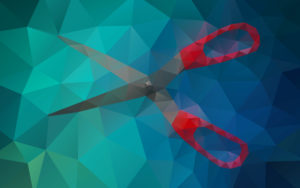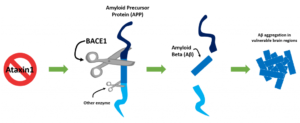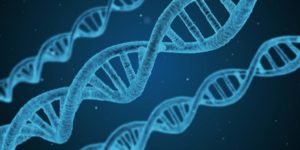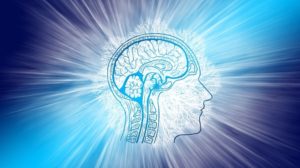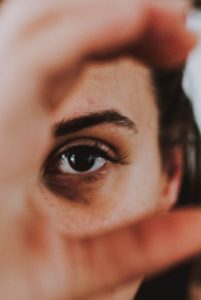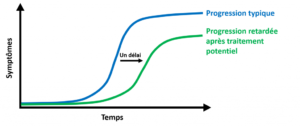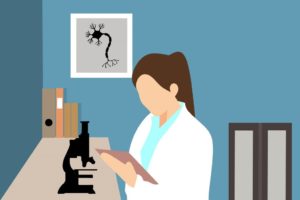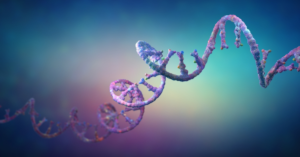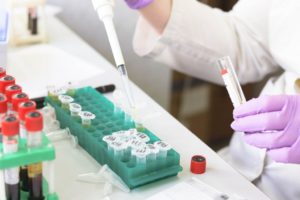
A novel gene therapy-based approach with therapeutic potential in SCA3
Written by Dr. Ramya Lakshminarayan Edited by Dr. Judit M. Perez Ortiz Cholesterol to the rescue: An alternative approach to treating SCA type 3 using gene therapy. Spinocerebellar ataxia type 3 (SCA3) is a movement disorder that is caused by genetic mutations in a protein named Ataxin-3. Neurons in the Read More…


